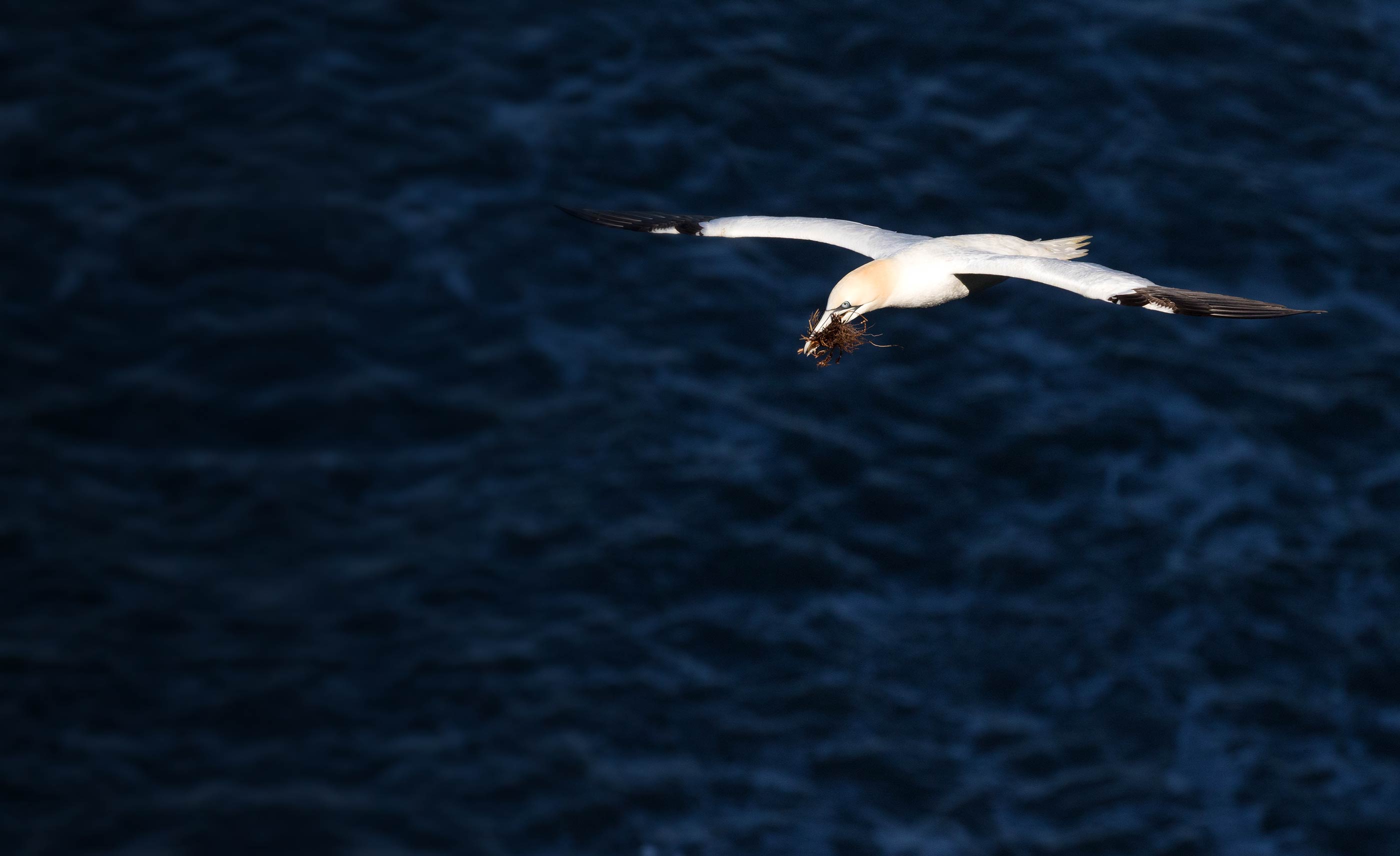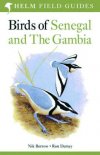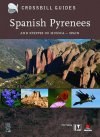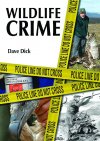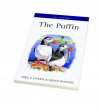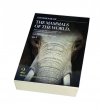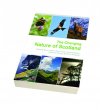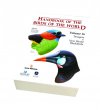With the publication of a couple of atlases to Maltese birds this is the first field guide dedicated to the birdlife of the islands. There is a large section on the habitats and birding sites, followed by a section on conservation. Finally a detailed examination of the hunting and shooting for which the islands are notorious precedes the field guide. Each species is illustrated by at least one high quality photograph before a detailed description for identification and status on Malta.
A Photographic Guide to the Birds of Malta.
Birds of Senegal and The Gambia
Another in a recent rash of Field Guides based on earlier ones of larger geographic areas. The Gambia and Senegal are among the most popular African destinations for visiting birders, with a wealth of African specialities combined with large numbers of wintering familiar species from the Western Palearctic. With high-quality illustrations and useful maps this is the perfect choice of guide to anyone travelling to the area.
Birds of the Indian Subcontinent
This guide covers a vast and rich area, from the coast to the Himalayas. Although strictly a new edition of the 1999 version, this has been extensively revised and many of the illustrations have been replaced. Two species have been added, having been recently rediscovered. An indispensable, complete, useful yet manageable-sized guide.
Spanish Pyrenees – and steppes of Huesca, Spain.
The latest travel guide from the non-profit making Crossbill Guides Foundation covers a stunning and popular area. Although sometimes (literally!) over-shadowed by the more famous French Pyrenees, the drier, warmer Spanish side has an enormous amount to offer the wildlife lover. Following the familiar structure of the Crossbill Guides this one examines the landscapes and the flora and fauna before suggesting 21 walks and drives to sample some of the best the region has to offer, as well as telling you of some of the specialities you may encounter on each route.
A Patch Made in Heaven: A year of birdwatching in one place
With endless scenes of amazing wildlife spectacles around the world being shown on television there is a real danger of forgetting the fantastic wildlife on our doorsteps. As well as being a genuinely pleasant read this little book is a reminder of just what can be found on your doorstep and the joys of getting out there and finding wildlife for yourself. Taking on his own patch, Dominic recounts in his easy-going style the highlights of a whole year, watching the seasons unfold in front of him.
Wildlife Crime: The makings of an investigations officer
Whittles Publishing has produced a number of books in recent years that get to the heart of countryside matters. This title continues that theme, looking at the problem of wildlife crime in Scotland. It is a very readable account of Dave Dick’s ‘evolution’ to Investigations Officer, against a background of the very real problem.
The Kittiwake
For an ornithologist with a passion for a species, and a deep understanding of just what makes it tick, it is difficult to know when to stop and write it all down. Mike Harris did this for the Puffin nearly thirty years ago and now finds that he has had to do it again, this time with Sarah Wanless. John Coulson, on the other hand, became interested in Kittiwakes in 1952 and only now has he written the book. As readers, we should be grateful that all three authors have found the time to share their tremendous insights.
Handbook of The Mammals of the World. Volume 2: Hoofed Mammals
This new series (aiming for 8 volumes) is set out in the same way to Handbook of the Birds of the World and will feel familiar to anyone who has used that series. The current volume covers a huge range of families, ranging from Aardvark to giraffes, via the multitude of antelopes and deer. An introductory section to each family covers everything from behaviour to conservation and threats. The plates are then followed by detailed species by species accounts. Excellent.
The Changing Nature of Scotland
This book should be on the shelves of every nature conservationist in Scotland. It reviews what has been happening to nature and the environment, where we are now and what is being done to bring about change.
Handbook of the Birds of the World: Volume 16: Tanagers to New World Blackbirds
Wow, what an amazing achievement and, perhaps, most amazing of all has been the frequency of publication of each of the volumes of HBW. From the outset, many believed Lynx Edicions would not be able to keep up the promise of a volume every 18 months, but keep to it they have. The series has been unfaltering in its quality as well and has rightly earned its place as the definitive reference work on the world’s birds.

